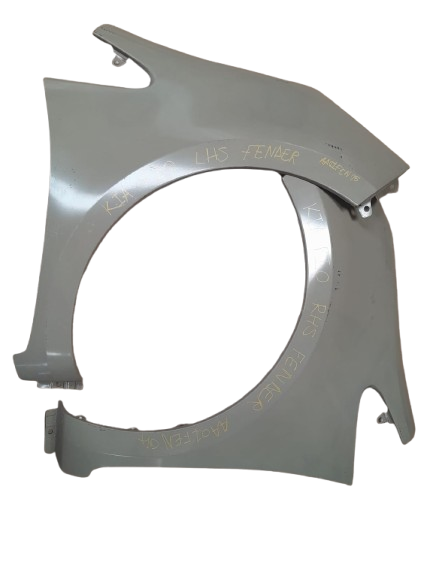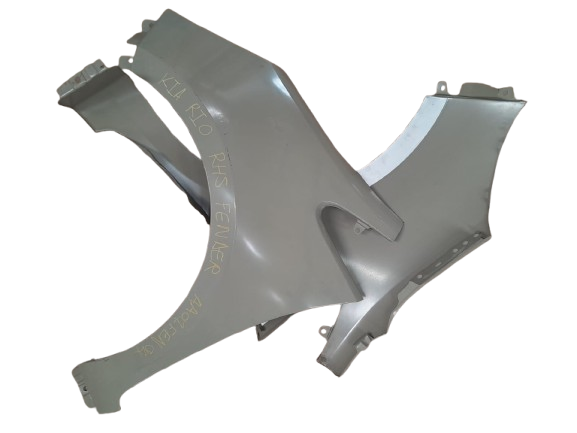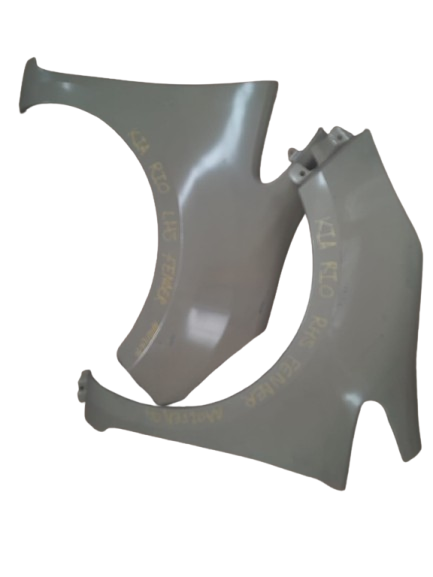


Overview
The fenders on a Kia Rio play an essential role in both the vehicle’s aesthetic appeal and its functionality. Positioned above the wheels, these body panels are designed to prevent road debris, mud, water, and other substances from being thrown into the air by the rotating tires. For the Kia Rio, a compact and reliable car known for its efficient performance and sleek design, fenders contribute significantly to the overall driving experience and visual appearance.
Functionality and Importance
Kia Rio fenders serve multiple purposes. Beyond protecting the car and nearby vehicles from debris, they also help reduce splashback in wet conditions and shield critical components like the braking system and suspension from exposure to harmful elements. A well-fitted fender ensures that airflow around the vehicle remains smooth, which can also have a minor impact on fuel efficiency and vehicle noise reduction.
In the event of a minor collision, fenders are among the first components to absorb impact, which can prevent more expensive structural damage to the vehicle. For this reason, they are considered part of the car’s passive safety features.
Materials and Design
Kia Rio fenders are typically made from high-strength steel or durable plastic composites, depending on the model year and trim level. Steel fenders offer enhanced durability and resistance to denting, while plastic or polymer-based fenders are lighter, which can slightly improve fuel economy and ease of replacement.
The fenders are engineered to seamlessly blend with the Rio’s compact body, ensuring a smooth, aerodynamic profile. They come pre-primed or painted to match the original factory colors, making replacements visually consistent with the rest of the vehicle.
Replacement and Compatibility
Fenders are often replaced after accidents or wear and tear from weather exposure. OEM (Original Equipment Manufacturer) and aftermarket options are widely available for various Kia Rio models, including hatchback and sedan versions. Installation typically requires some basic tools and mechanical know-how, though professional installation is recommended for perfect alignment and paint matching.
Whether you’re upgrading due to damage or simply want to customize your Kia Rio, selecting the right fender ensures safety, performance, and a clean, finished look.
